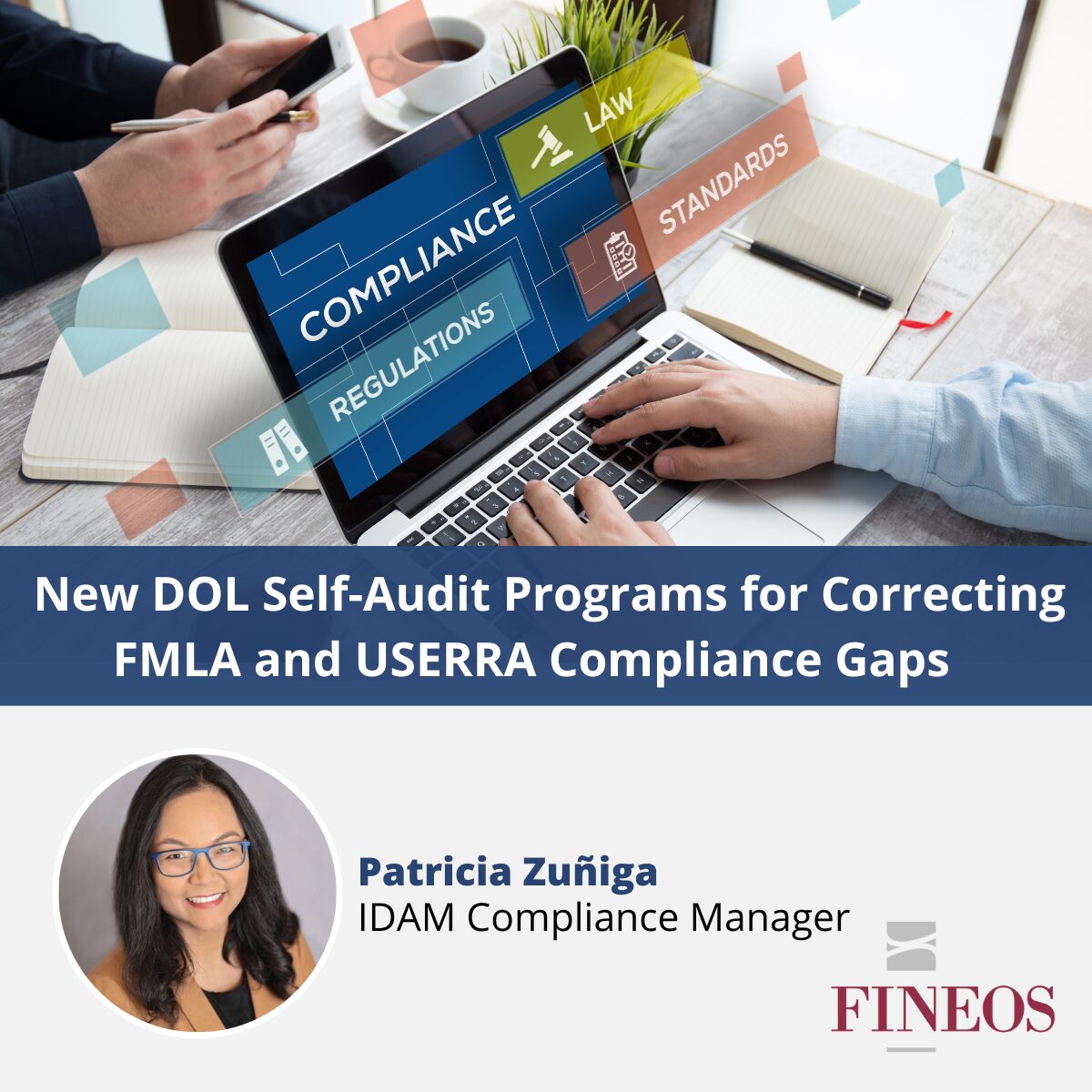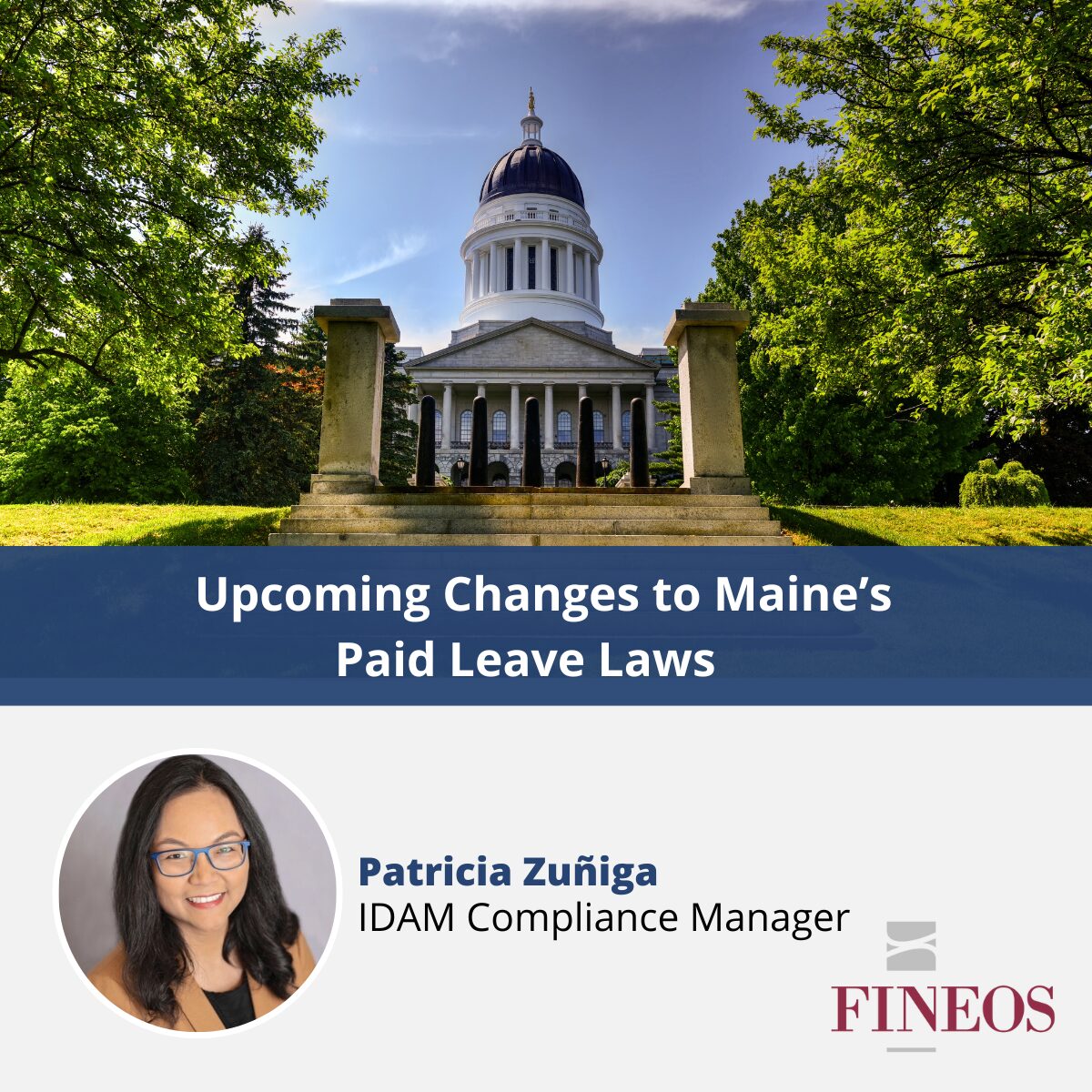Things are moving at warp speed when it comes to information around the COVID-19 pandemic and paid leave laws. It’s important to keep up with not only COVID-19-related changes, but also regular amendments to paid family and medical leave (PFML) laws. Amid all the movement, an amendment to Washington’s PFML law has been making its way through the state legislature. Below is an update on this amendment, as well as New York’s order of quarantine clarification to its COVID-19 emergency legislation, and a third round of U.S. Department of Labor (DOL) clarifications to the Family First Coronavirus Response Act (FFCRA).
Washington
On Wednesday March 25, Washington State Governor Jay Inslee signed House Bill 2614, which amends WA PFML. For information on previous WA PFML amendments, refer to our blog post from last year. House Bill 2614 highlights the revisions in a helpful redline. Notable changes include:
- Adds son-in-law and daughter-in-law as qualifying family members, which means employees can take WA PFML to care for their child’s spouse with a serious health condition.
- Clarifies definitions of “paid time off” and “supplemental benefits” as they apply to WA PFML:
- Paid time off includes vacation, personal, medical, sick, compensatory, or any other paid leave offered under an employer’s policy
- Employees may use paid time off to cover the unpaid waiting period for medical or family leave under the WA PFML
- Supplemental benefits are payments made by an employer to an employee as salary continuation or as paid time off and are in addition to any paid family or medical leave benefits the employee receives
- Updates waiting period language as follows:
- Leaves due to a qualifying exigency are not subject to a waiting period
- The 7-day waiting period begins the previous Sunday of the week an employee begins leave
- Employees may satisfy the waiting period while receiving paid time off
U.S. DOL Third Round of FFCRA Clarifications
This past weekend the DOL issued a third round of Q&A, adding questions and answers 38-59. The DOL also updated some of the previously issued Q&A in this round, notably revising documentation requirements. Many of the new clarifications provide information about small employer exemptions or employee exclusions, such as health care providers and emergency responders, and a few other Q&A’s offered clarification on outstanding issues such as:
- The two weeks of emergency paid sick leave granted under the FFCRA are in addition to the 12 workweeks of FMLA
- FMLA is limited to 12 weeks in a 12-month period. If you have already taken FMLA for a non-COVID-19 reason, that time still counts against your total 12-week entitlement
- The FFCRA emergency paid sick leave and expanded FMLA leave are in addition to accrued sick or PTO leave or state or local paid leave
- A “full–time” employee means someone who works 40 hours or more
The DOL is expected to issue regulations this month to support the FFCRA, but the interim Q&As are welcomed guidance.
New York
Similar to the U.S. DOL, the state of New York has been proving FAQ and guidance for its recent legislative changes to its paid family leave (PFL), disability benefits law (DBL), and paid sick leave laws. Over the last few days, New York issued Guidance for Obtaining an Order for Mandatory or Precautionary Quarantine. The quarantine order is a critical piece for New Yorkers to obtain paid leave for COVID-19 related reasons and this guidance provides instructions to obtain supporting documentation.
During these uncertain times, its critical to stay informed, even when overwhelmed by all the changes. FINEOS receives legislative and agency updates multiple times a day and is synthesizing the information as it arrives. Stay updated on all paid leave and absence management with the FINEOS blog.
Authored by Megan G. Holstein, Esq., SVP Absence and Claims Product, and Sheri Pullen, Best Practices Product Manager, Integrated Disability and Absence Management


